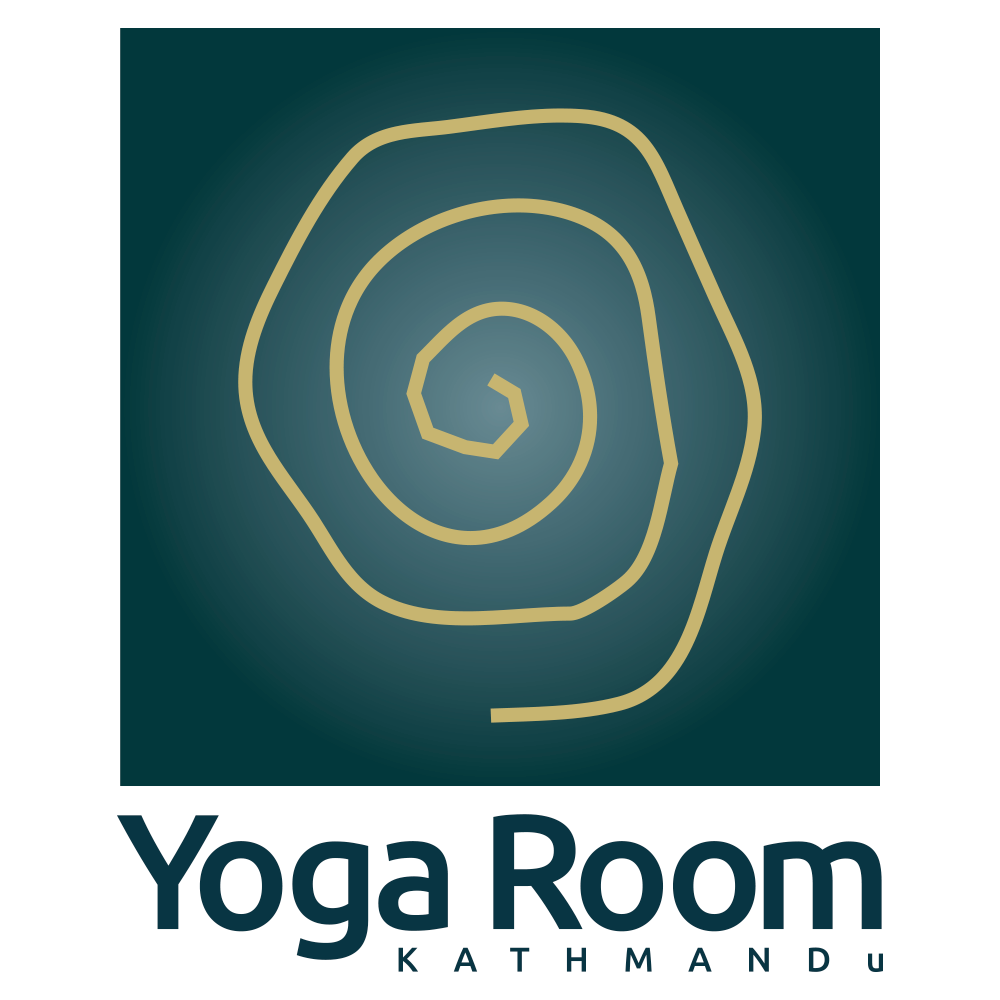What is ‘Iyengar Yoga’?
BKS Iyengar never referred to his teachings as ‘Iyengar yoga’. His pupils coined the term Iyengar Yoga to distinguish it from teachings of other styles of yoga.
He himself described his yoga as Patanjali Yoga and said: ‘I have no right to brand my practices or teachings as Iyengar Yoga. The only thing I am doing is to bring out the in-depth, the hidden qualities of Yoga to the awareness of you all. What I do is pure, authentic, traditional Yoga. It is wrong to differentiate traditional Yoga from Iyengar Yoga as it is also not fair to brand yoga as Raja Yoga, Hatha Yoga, Laya Yoga, Kundalinin Yoga, Taraka Yoga and so on. There is no distinction between one Yoga and another. Yoga, like God is one.’
‘There is no distinction between one Yoga and another. Yoga, like God is one.’
The Iyengar yoga approach is firmly based on the eight limbs (astanga) of yoga expounded by Patanjali in his classic treatise Yoga Darshana, also referred to as The Yoga Sūtras. The Yoga Sūtras define yoga as Chitta Vritti Nirodha (योग: चित्त-वृत्ति निरोध:). The term ‘Chitta’ comprises all the aspects and components of the mind such as intelligence, ego, memories, feelings, emotions, psyche, desires and mind. Yoga is a way of silencing the changing states of the chitta.
The eight limbs (astanga) of yoga are:
- Yama and Niyama (Universal moral commandments and self-purification by discipline)
- Asanas (Postures)
- Pranayama (Regulation of breath)
- Pratyahara (Withdrawal of senses)
- Dharana (Concentration)
- Dhyana (Meditation)
- Samadhi (Oneness)
In the system of Iyengar yoga, initially the emphasis is to learn and perform Yogasanas in a correct way. However, progressive learning leads to the understanding that Yogasanas are done by the body for the chitta. By culturing the chitta, the body is made healthy.
‘Yogasanas is for the entire human being, from the outer physical to the core consciousness and conscience. Yogasana addresses the body, mind, senses, intelligence, emotions, psyche, consciousness and conscience.’
(Chittavijnana of Yogasanas, Prashant Iyengar, 2010)
The style of teaching is methodical and focuses on alignment in action, precision, sequencing and timing. Through the use of props (blocks, belts, blankets, etc.) it is possible for everybody to reap the benefits of the yogasanas, sensitivity is increased as well as understanding of more subtle aspects of yogasanas on the body and mind.
The defining aspects of Iyengar yoga are:
- Technicalities – refer to precise and often subtle technical points given to explore the asana fully.
- Sequencing - sequencing of postures is done in a way to achieve a particular physical, physiological or mental effect. Sequencing can apply to postures, to points within postures, and can totally transform the practice.
- Timings – refer to the ways in which postures are held for different lengths of time to allow for a more profound exploration of the physical and mental aspects in the pose.
‘Yoganganusthanat asuddhiksaye jnanadiptih avivekakhyateh’
(Yoga Sutras 2-28)
‘By dedicated practice of the various aspects of yoga, impurities are destroyed; the crown of wisdom radiates in glory’

